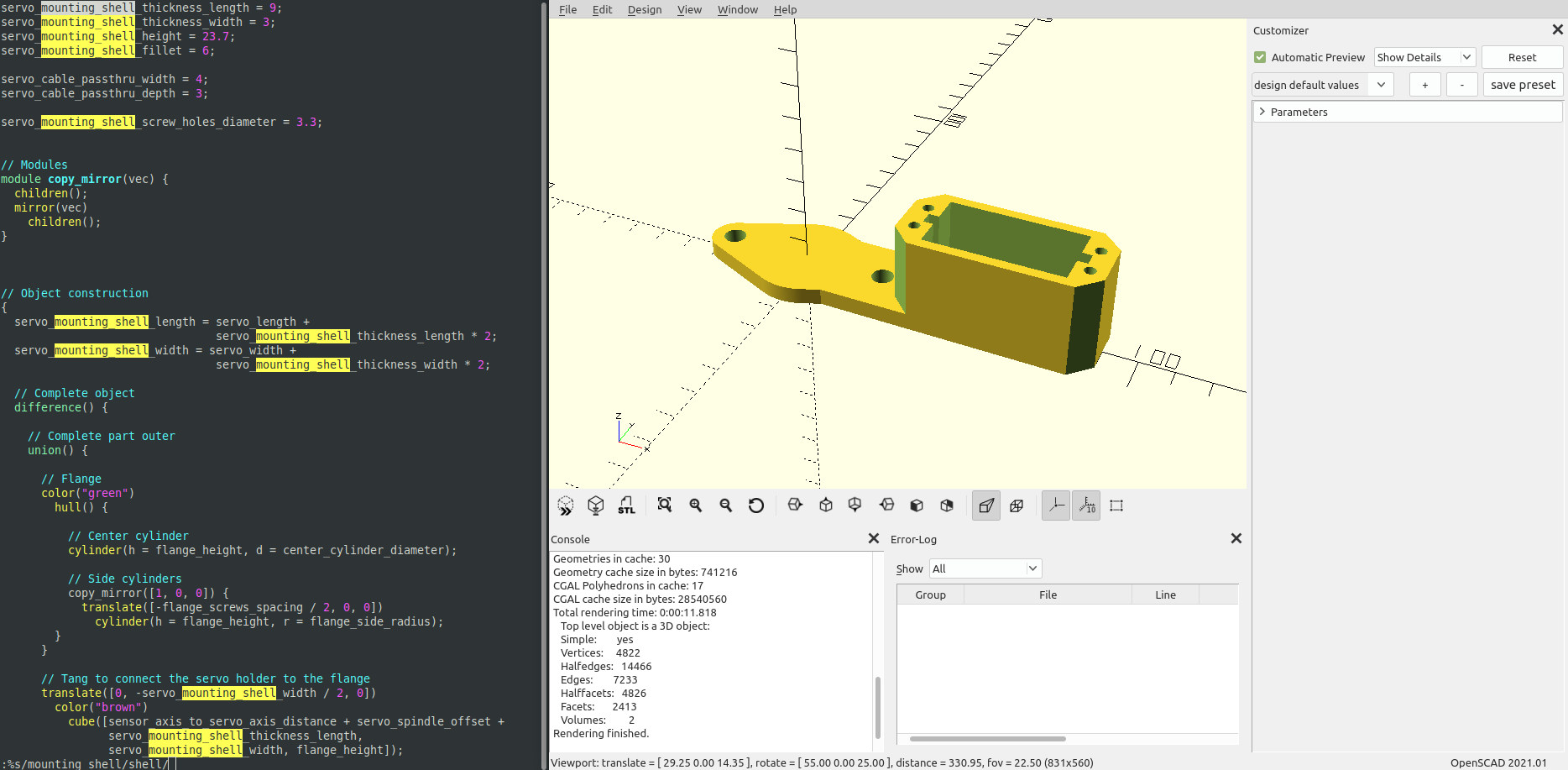cross-posted from: https://lemmy.sdf.org/post/13880246
I have a terrible el-cheapo 14" HP laptop that I bought from a big-box store a few years ago as an emergency replacement for a laptop that died on me on the road while visiting a customer. I literally went to the store 5 minutes before it closed, bought any laptop they had, loaded Linux on it at the hotel and transferred my files from the dead laptop overnight, then did my presentation the next morning.
The trouble is, that laptop is VERY Linux unfriendly. I've put up with it for years because I don't like to throw things away, but I just can't stand the regular AMDGPU driver crashes and the broke-ass wifi-cum-bluetooth Realtek chipset anymore.
So I'm on the market for a good Linux laptop. I'm not a demanding user - I use that HP laptop to edit videos and do CAD and I'm okay with it - I'm very comfortable with anything Linux and I can code my way around problems.
I'm really tempted to get a MNT Reform laptop: I like the LiFePo4 battery cells a lot, it's solid, it's open hardware, it has a trackball and I love trackballs, it's highly hackable, and I'd like to support the MNT Research guys. And I'm old enough and the kids have been out of the house long enough that money is no object.
But a couple of things are holding me back. Maybe there are MNT Reform owners here who could shed some light on the following questions:
I don't know much of the ARM ecosystem, and what to expect from what processor / SoC. So I'm thinking of going with the highest end RK3588 32GB / 256GB CPU module offered by MNT. Would this at least match the performances of my stupid HP laptop's Ryzen 5 CPU in terms of real-world performances?
Or put another way: should I expect to take a hit when encoding my videos or doing big CAD models compared to this already slow laptop, or can I reasonably expect the MNT Reform to at least not be a regression.
Side question (yes, I know it should be obvious, but asking is better than guessing): I assume the "32GB / 256GB" in the CPU module's denomination is for 32GB of RAM and 256GB of onboard flash. Meaning I'd have that much disk space without needing to add a NVMe SSD card. Correct?
The keyboard layout looks all shades of terrible. I'm flexible with anything but not keyboard layouts - and especially those keyboard that don't put the left SHIFT and CTRL at the bottom where they belong, or have a split space bar.
The Reform's keyboard ticks all the wrong boxes for me in that respect: I can tell rightaway that it's going to fight my typing muscle memory all the time and forever, because I sure ain't gonna get used to it.
Can I remap the keys so I can at least I can swap CTRL and whatever that key is at the bottom left, and make the 3 buttons that replace the space bar act as a space bar? Then it's just a matter of putting a sticker on the keys and gluing the space bar keycaps together somehow.
I seem to recall some years ago that if the laptop was left off and unplugged for long enough - like 2 weeks IIRC - it would drain the cells and kill them because there was no under-voltage protection. Less dramatically but equally annoyingly, you couldn't leave it unplugged for a few days and expect to find it fully charged when you needed it most.
Does it still do that? Or has the hardware been fixed - or maybe there's a "Turn really off" option in the little side computer that runs the mini OLED display?
Mind you, I can always drill a hole and add a physical switch to disconnect the cells, but I'd rather not do that.
- Is there an option to limit the charge? Keeping Li-ion cells constantly at 100% (or worse, charging all the time) when the laptop is plugged in isn't ideal. I'd rather it kept the cells charged around 80% . And I mostly use my laptops plugged in.
- Can I remove the cells and use the laptop plugged in? I might eschew the cells altogether, because I really never need them: I'm plugged in at home, I'm plugged in on the train, I'm plugged in at the hotel, I'm plugged in at the customer's. I can't remember a time when I needed to run this particular laptop on battery. If I can use the laptop as a luggable computer, I wouldn't need to carry the weight of the cells around.
- Has anybody tried to install Cinnamon? Does it work well on Debian ARM? I see no reason why it shouldn't, but maybe there are issues.
Well that's pretty much it. Sorry for the long post 🙂 There's precious little information about the MNT Reform out there - probably a good indication that there are precious few such machines in the wild, sadly - so I would welcome any real-world user feedback!





